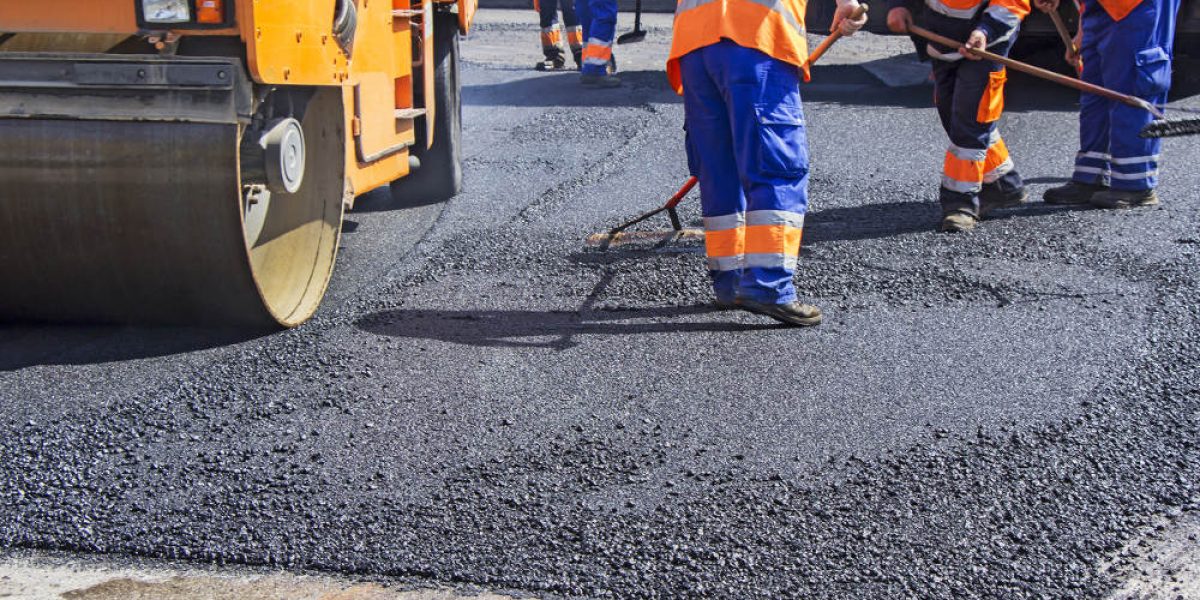Much concrete wall construction is done using the traditional method. This involves building vertical wooden forms, bracing them so they cannot move, and pouring wet concrete into the forms. The wooden forms are then removed, revealing the standing wall.
The Beginnings of Tilt-Up Construction
In 1900, concrete construction was booming, and a builder named Robert Aiken had the innovative idea of building a shallow form on the ground and tilting up the resulting slab. This was the beginning of tilt-up concrete wall construction.
Over the next few decades, Aiken used his new method for building several buildings, including a concrete factory and a Methodist Church. He developed methods for forming doors, windows, and arches into the slab and embedded reinforcing iron into the concrete, creating enormous tensile strength, otherwise lacking in un-reinforced concrete walls.
Thomas Edison even dabbled in tilt-up construction, but this building method did not become widely used until cranes became common on construction sites in the 1940s.
Advantages of Tilt-Up Construction
Tilt-up wall construction is now a frequently used building method with many advantages over vertically poured concrete walls and masonry brick construction.
- Tilt-up walls can be less costly on large projects, especially those over 6,000 square feet in size and located on even ground.
- Tilt-up wall is often stronger and more durable than vertically formed concrete walls. Tilt-up panels performed exceptionally well in the Northridge earthquake of 1994 in Los Angeles.
- Tilt-up construction takes less labor, and less skilled labor, to build than other masonry and concrete methods.
- Pre-cast tilt-up can be made with thin brick or stone set into the face of the panels, and it can also be formed with molded inserts, creating a wide variety of embedded designs at much less expense than other building methods.
- Tilt-up wall construction is faster to build than other concrete or masonry walls.
The tilt-up building method now accounts for over 15 percent of all industrial buildings and is used on more than 600 million square feet of new buildings every year.
For more information about tilt-up building in the Los Angeles area, contact Murphy Construction.








